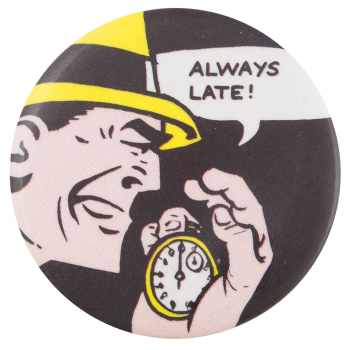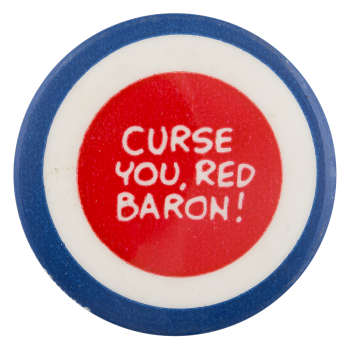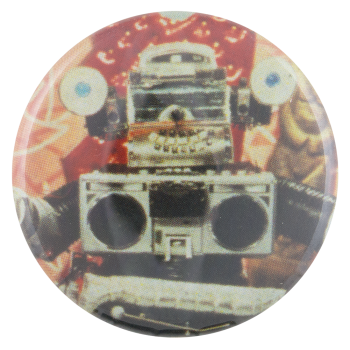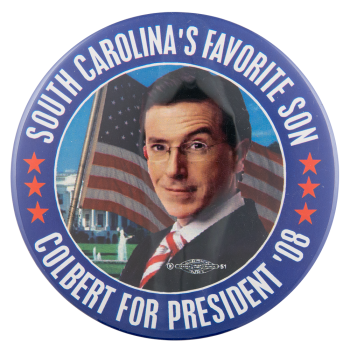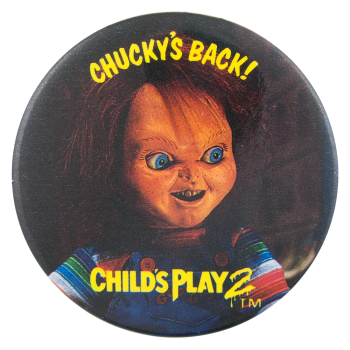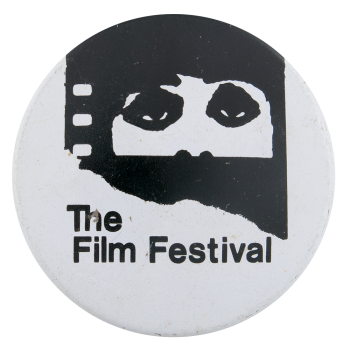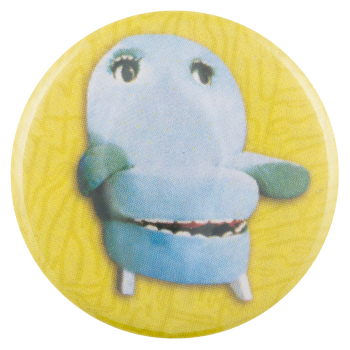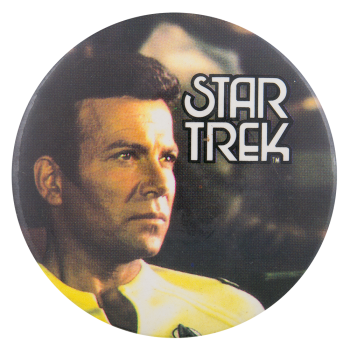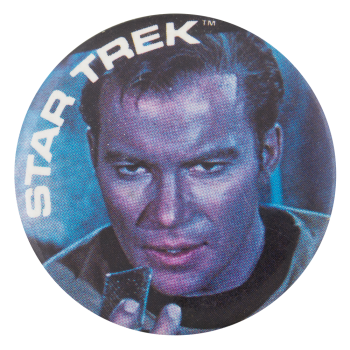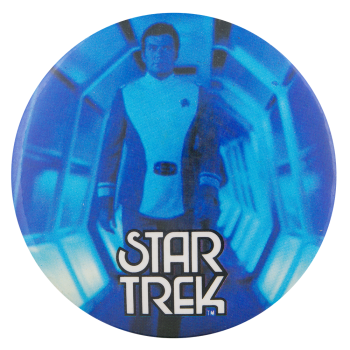Dick Tracy Always Late
| Category | |
|---|---|
| Additional Images | |
| Sub Categories | |
| Text on Button | Always Late! |
| Image Description | On a black background, a cartoon of a man's head appears on the left side of the button. The man wears a yellow fedora and holds a yellow pocket watch in his hand. A speech bubble with black text issues from the man and appears at the top right of the button. |
| Curl Text | BUTTON-UP CO 22120 RYAN WARREN, MI 48091 |
| Back Style | |
| The Shape | |
| The Size | |
| The Manufacturer | |
| Additional Information | Cartoonist Chester Gould debuted the street-smart and savvy crime fighter Dick Tracy (originally Plainclothes Tracy) as a comic strip in 1931, in the Detroit Mirror. The strip would soon later go on to be syndicated in newspapers throughout the country. Gould wrote and drew the strip until 1977, at which point various writers and illustrators have produced it. The series' characters have also been adapted to film, most notably the 1990 full-length starring Warren Beatty in the titular role. |
| Catalog ID | EN0179 |

